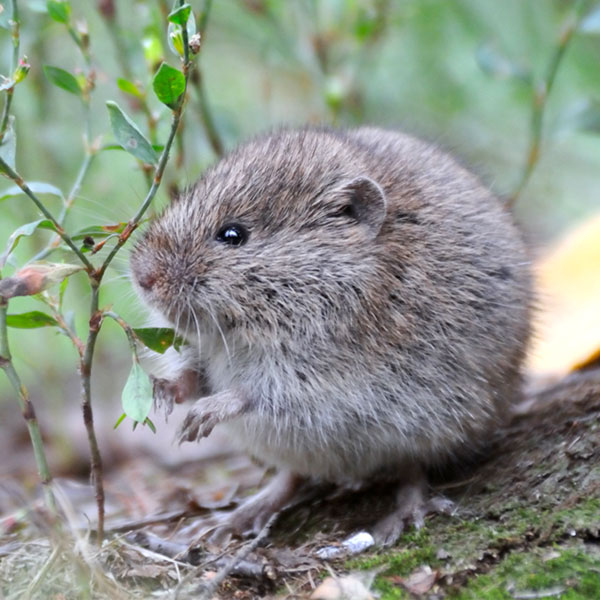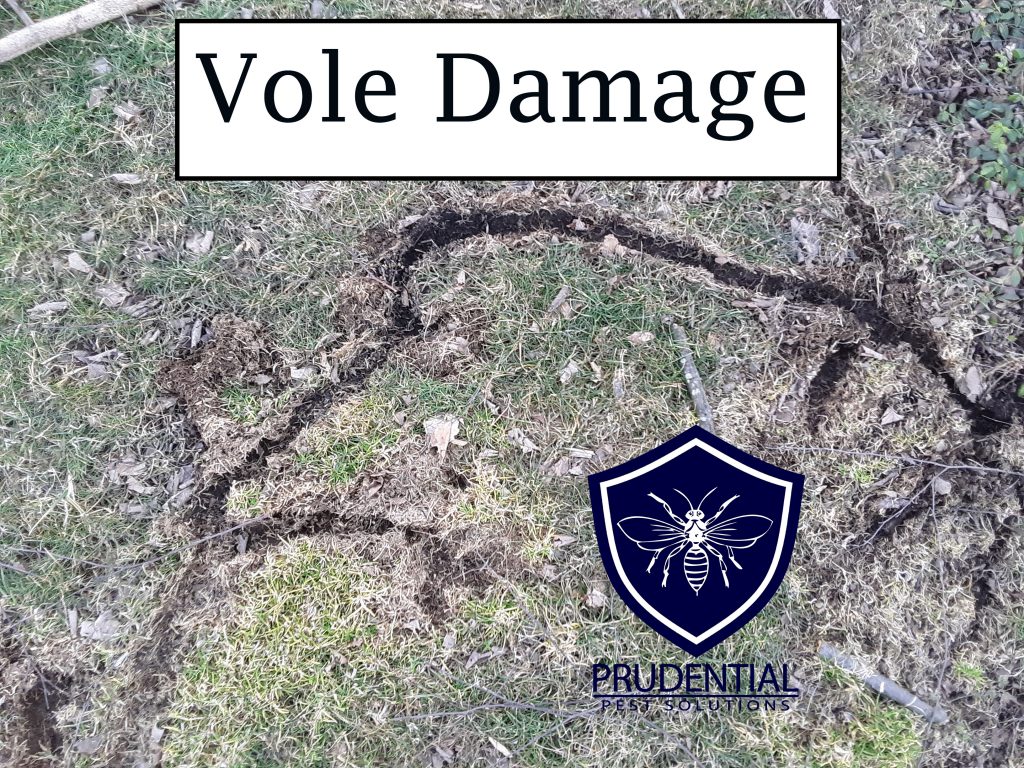Expert Methods for Vole Control and Avoidance
Expert Methods for Vole Control and Avoidance
Blog Article
Comprehensive Overview to Reliable Vole Pest Control: Infestation Recognition and Treatment Approaches
In the realm of effective parasite control, vole problems position an unique obstacle that requires a critical strategy. By checking out the subtleties of vole habits, understanding vital indications of problem, and assessing a variety of control alternatives, one can establish a detailed strategy to deal with these evasive bugs.
Recognizing Vole Behavior
Vole behavior is identified by their tunneling habits and quick recreation rates, making them a difficult bug to control efficiently. These tiny rats generally produce detailed tunnel systems underground, utilizing them for shelter, food storage space, and transport. Voles are herbivores, eating a variety of plants, bulbs, grasses, and roots, which can cause substantial damage to yards, orchards, and lawns. Their quick reproductive price additional makes complex control initiatives, with females capable of producing numerous clutters in a single year, each having several children.
Understanding vole habits is critical for effective bug control methods. By identifying their burrow locations, keeping track of feeding locations, and carrying out targeted control methods, such as capturing or environment adjustment, vole infestations can be handled efficiently.
Signs of Vole Invasion

Prevention Methods
Carrying out effective avoidance approaches is critical in decreasing vole infestations and protecting greenery from their destructive feeding habits. To prevent vole problems, it is important to start by removing prospective food sources and sanctuary.
Consistently inspecting the building for indications of vole task, such as runways and tunnel openings, is essential for early discovery and punctual action. If vole task is believed, think about using traps or repellents strategically put near their pathways. Utilizing all-natural predators like serpents or owls can also help keep vole populations in check. By applying a mix of these avoidance garden enthusiasts, homeowners and approaches can properly shield their plants from vole damages.
Non-Lethal Control Techniques
To efficiently handle vole populaces while prioritizing humane techniques, non-lethal control strategies use sensible options for reducing vole damages in landscapes and gardens. One reliable approach is using physical barriers such as hardware towel or cord mesh to protect prone plants. These obstacles can be hidden a minimum of 12 inches deep and curved at a 90-degree angle to stop voles from delving beneath. Additionally, habitat modification can discourage voles by reducing their chosen food sources and hiding places. Maintaining a well-mowed grass, getting rid of particles, and keeping greenery cut can make the setting less enticing to voles.

Lethal Control Options
One that site reliable approach for resolving vole invasions in landscapes and gardens includes the tactical usage of dangerous control options. When confronted with an extreme vole infestation that non-lethal approaches have actually failed to contain, applying lethal control steps becomes vital. One generally utilized lethal control option is the usage of breeze catches. These catches are designed to quickly and humanely kill voles upon activation, making them a preferred choice for many gardeners and landscaping companies. To increase the effectiveness of breeze traps, it is suggested to position them in locations where vole activity is high, such as along paths or near burrow entrances. Another dangerous control choice is the utilization of toxic baits particularly created to target voles. These baits include poison that is consumed by the voles, resulting in their ultimate demise. Care should be exercised when making use of toxic baits to stop injury to non-target pets or animals. Overall, when utilizing lethal control choices, it is essential to do so sensibly and according to local regulations to efficiently manage vole infestations.
Conclusion
Finally, effective vole parasite control requires a thorough understanding of vole behavior, recognition of indications of infestation, implementation of prevention strategies, and utilization of both deadly and non-lethal control techniques. By combining these strategies, individuals can Website successfully handle vole populations and safeguard their home from damages. It is very important to attend to vole infestations promptly to avoid more concerns and decrease the effect on the surrounding environment.
Provided the intricate tunnel systems and fast reproduction rates characteristic of voles, recognizing the indications of vole problem ends up being vital in reliable parasite control. One of the primary indicators of vole visibility is the existence of surface area runways or routes in grass or snow, typically concerning 1-2 inches vast, created as voles travel in between their burrows and food resources.To efficiently handle vole populations while prioritizing gentle methods, non-lethal control techniques supply functional solutions for reducing vole damage in landscapes and gardens.One reliable his response method for resolving vole infestations in landscapes and yards entails the tactical use of lethal control choices. vole pest control.In verdict, reliable vole insect control needs a comprehensive understanding of vole habits, recognition of indications of problem, application of avoidance methods, and utilization of both non-lethal and dangerous control methods
Report this page